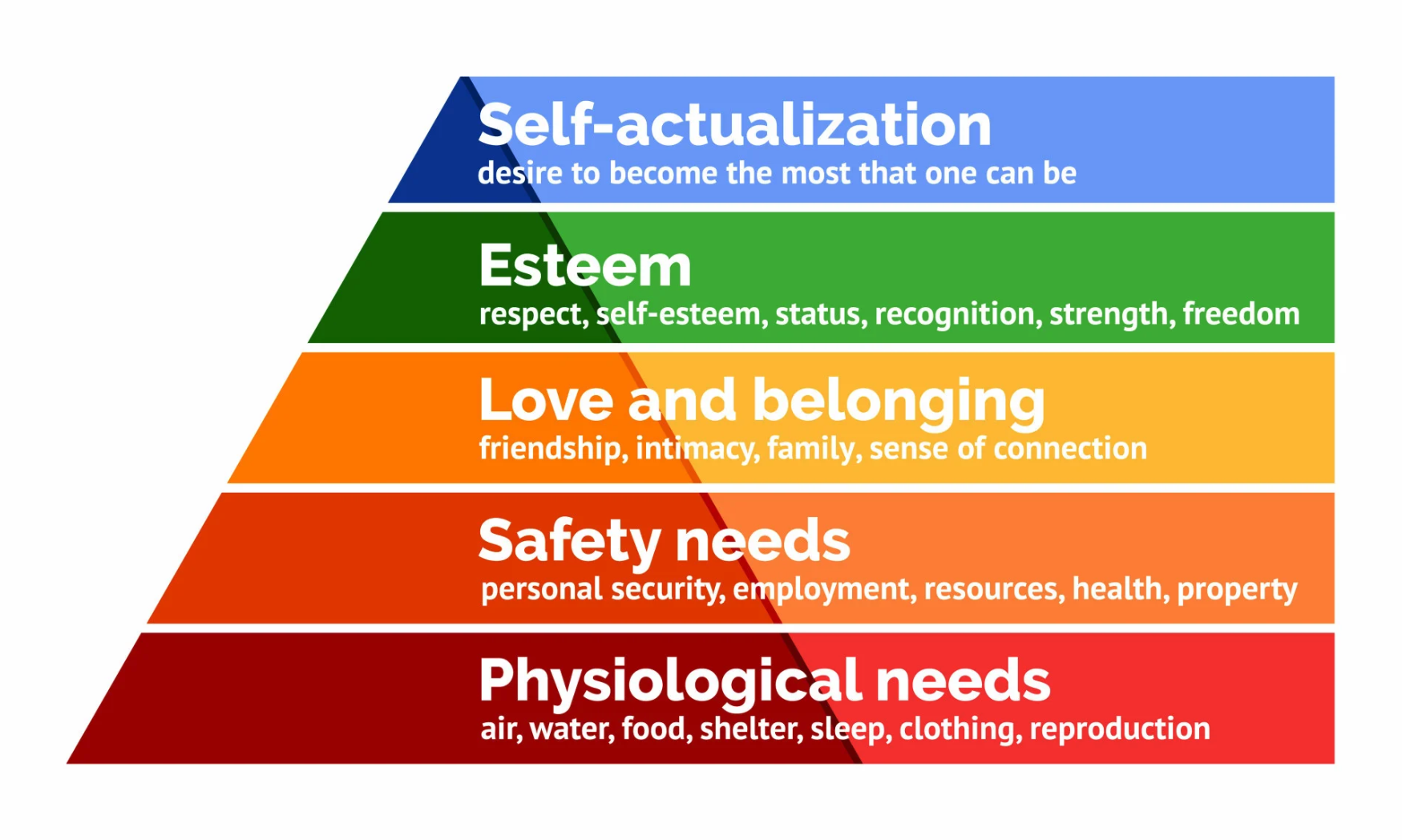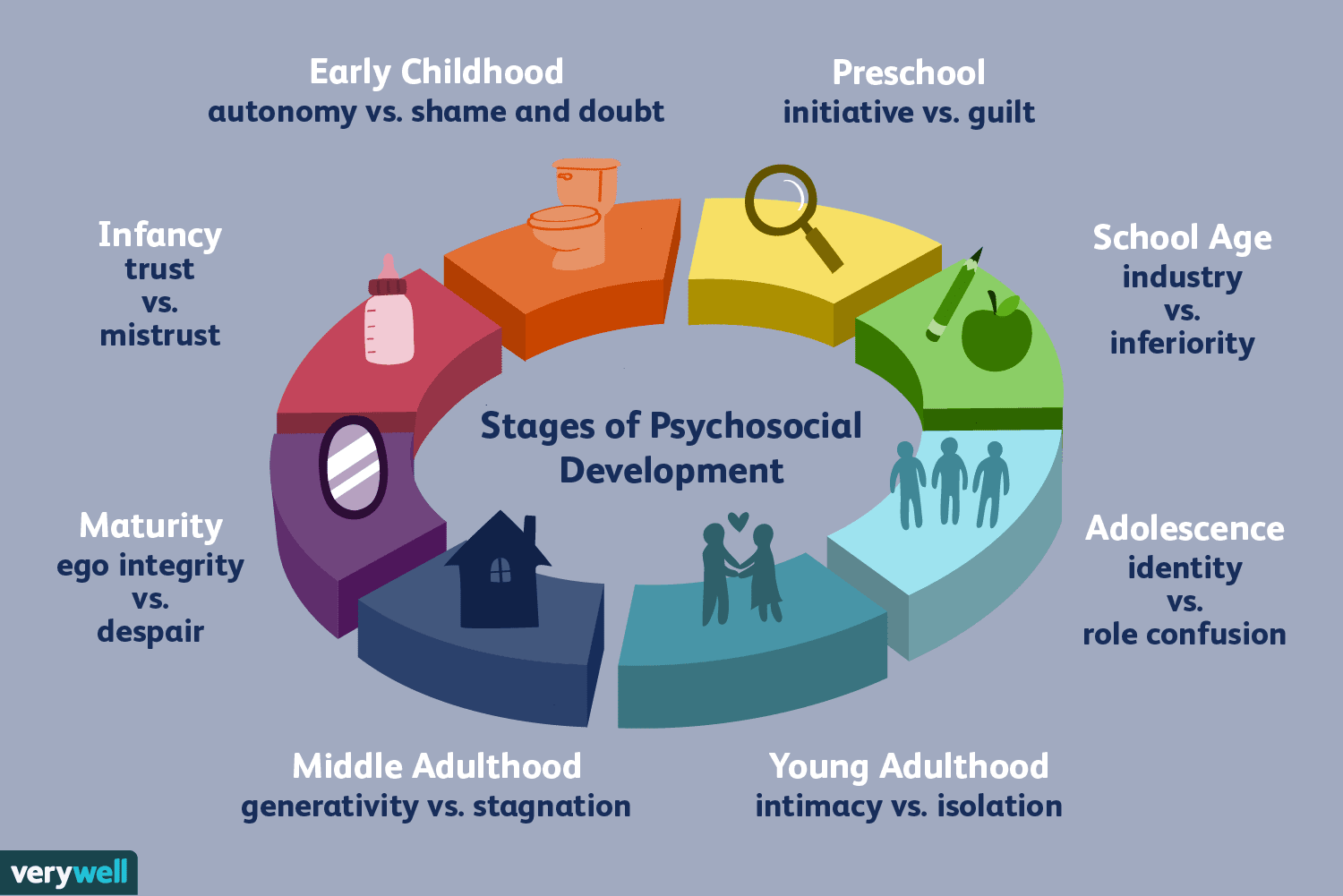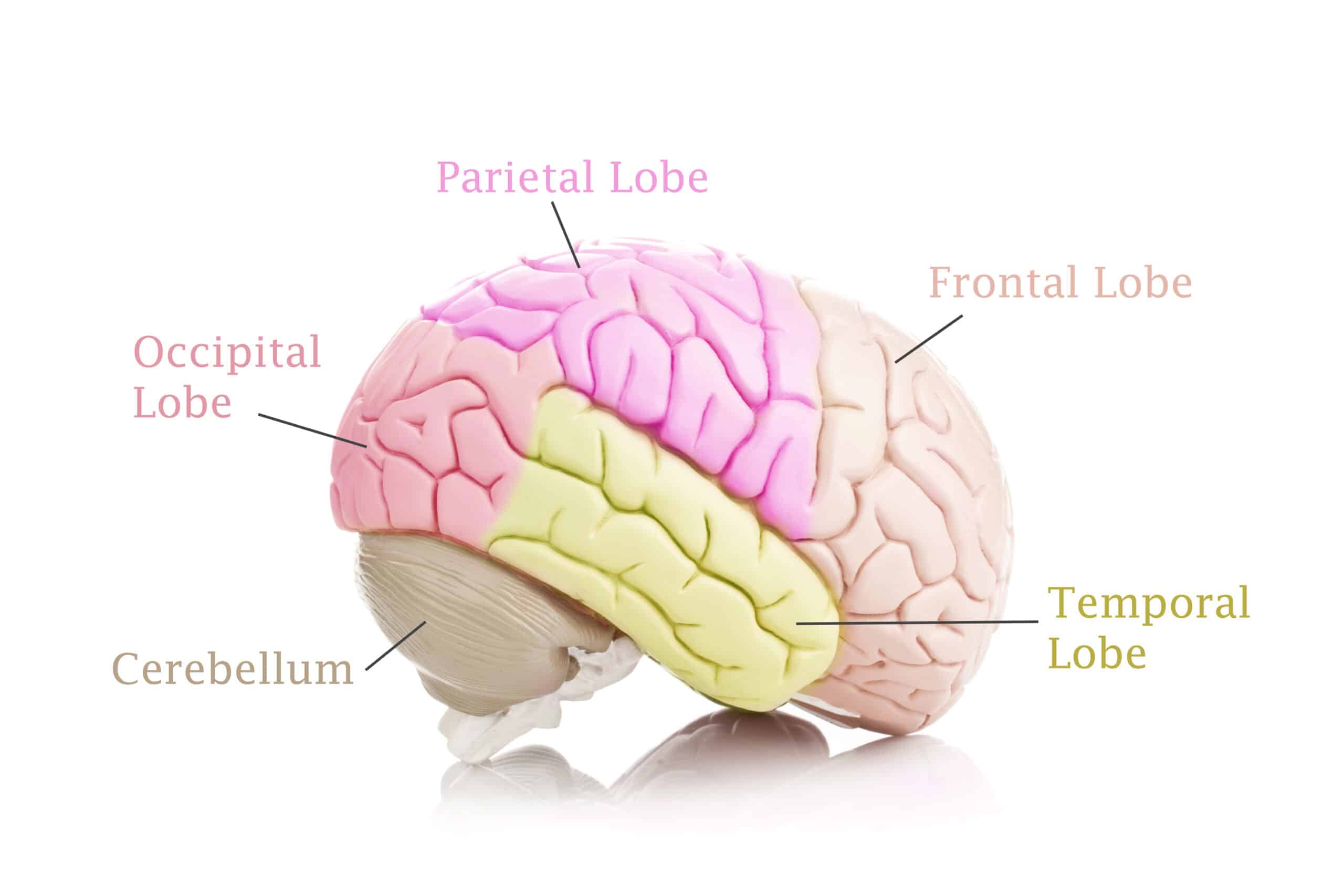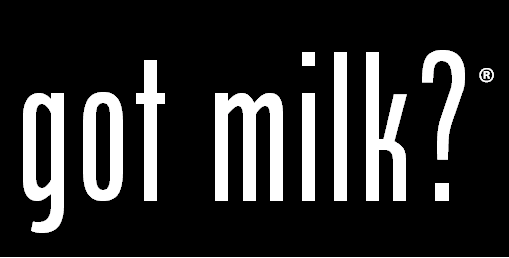
 Start Your Project
Start Your Project

Abraham Maslow was an American psychologist who introduced the "Hierarchy of Needs" in 1940. This theory provides a linear progression of how individuals must meet their needs towards "self-actualization," also known as their full potential. This is important because it provides insight into your target demographic's motivation and allows you to tailor your message to resonate with their journey towards bettering their lives. These needs range from basic physiological needs such as sleeping and eating to self-esteem needs such as status, recognition, and freedom. The categories this theory provides allow for A/B testing your message to discover which human need your product best supports (McLeod, PhD, 2025a).

Erik Erikson was a German-born American psychoanalyst and Harvard professor who introduced the Psychosocial Development Theory in 1950. This theory outlined the struggles humans must overcome within different stages of their developmental lifespan. This is important as it provides insight into the struggles of your target demographic based on their age range. This theory covers infancy to older adulthood, outlining struggles such as children establishing caregiver trust and senior generational despair. Understanding these stages of obstacles can help your business better tailor the brand and messaging that illustrate a provided solution (McLeod, PhD, 2025b).

If your business plans to promote and advertise marketing campaigns that use images and language, it is important to understand how the human brain processes these stimuli. With the average individual being exposed to roughly 5,000 advertisements a day due to digital media, it is more important than ever to create campaigns that captivate the public's attention and memory (University of Southern California, 2023). The human brain processes and understands images and language in separate lobes of the brain. The occipital lobe processes visual imagery, while the temporal lobe is responsible for language comprehension (Dana Foundation, 2023). This is important because neuroscience has shown our brain prefers information that is low-effort and/or familiar to process from short-term memory into long-term memory. Simpler stimuli for your marketing will provide greater yields on consumer retention and memory (Bilash, 2023).

The "Got Milk?" campaign was introduced in 1993 by the advertising agency Goodby Silverstein & Partners for the California Milk Processor Board (CMPB). This advertisement campaign brought in over 23.5 billion dollars to the CMPB upon its launch (Rossen, 2024). The significance of the iconic recognizable still imagery is that there is only language processing involved in the cognitive recognition of the messaging. "Got Milk?" is a statement that insinuates the scarcity of the product that fulfills a physiological need according to Maslow's Hierarchy of Needs Theory. The messaging additionally signifies isolation and stagnation within Erikson's Psychosocial development theory by focusing on the absence of the product.

Red Bull's advertising has consisted of imagery depicting extreme and entertaining stunts being performed by professionals, with almost no text or language processing necessary to cognitively process this ad style. As of 2024, Red Bull has reported 11.7 billion dollars in net profit, which is a 6.4% increase from the prior year (Eder, 2024). This messaging of associating the consumer with professional athletes fulfills Maslow's self-esteem needs of the individual, as energy drinks are not necessarily nutritious. Additionally, this messaging fulfills the obstacle of identity for an individual according to Erik Erikson's Psychosocial development theory.
Cherry, MSEd, K. (2025). What is Psychology? AKA the study of mind and behavior. Verywell Mind. https://www.verywellmind.com/psychology-4014660
McLeod, PhD, S. (2025a). Maslow’s Hierarchy of Needs. Simply Psychology. https://www.simplypsychology.org/maslow.html#:~:text=survival%2Drelated%20needs.-,Maslow's%20Hierarchy%20of%20Needs%20is%20a%20motivational%20theory%20in%20psychology,psychological%20and%20self%2Dfulfillment%20goals
McLeod, PhD, S. (2025b). Erik Erikson’s Stages of Psychosocial Development. Simply Psychology. https://www.simplypsychology.org/erik-erikson.html#:~:text=Erikson's%20theory%20outlines%20eight%20stages,What%20is%20this?
Universiyt of Southern Califgornia. (2023). Thinking vs Feeling: The Psychology of Advertising. University of Southern California.https://appliedpsychologydegree.usc.edu/blog/thinking-vs-feeling-the-psychology-of-advertising
Dana Foundation. (2023). Neuroanatomy: The Basics. Dana Foundation. https://dana.org/resources/neuroanatomy-the-basics/#:~:text=The%20occipital%20lobe%20is%20mainly,some%20aspects%20of%20spatial%20processing.
Bilash, R. (2023). Neuroscience and Convenience: How our brain prefers ease over effort. Medium. https://medium.com/@rashi.bilash/neuroscience-and-convenience-how-our-brain-prefers-easy-over-effort-748a80337ece
Rossen, J. (2024). Udder Success: A Brief History of the ‘Got Milk?’ Campaign. Minute Media. https://www.mentalfloss.com/article/565149/got-milk-ad-campaign-turns-25#:~:text=In%201994%2C%20for%20example%2C%20755%20million%20gallons,by%20that%20$23%20million%20in%20ad%20spending.
Eder, M. (2024). Red Bull Touts Record Profit in 2024 With Growth Slowing. Bloomberg Consumer. https://www.bloomberg.com/news/articles/2025-01-23/red-bull-sports-record-revenue-profit-in-2024-as-growth-slows